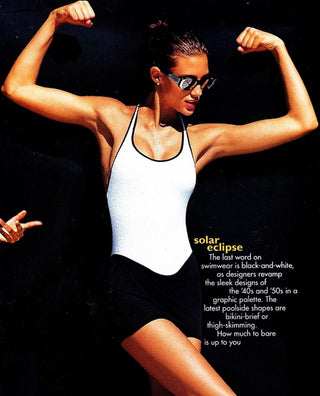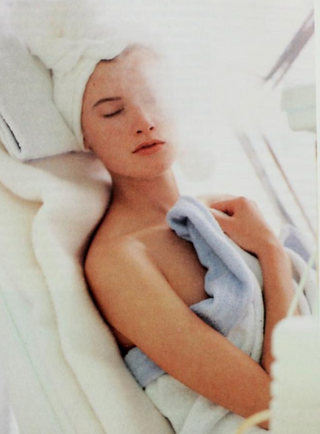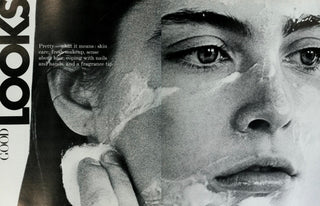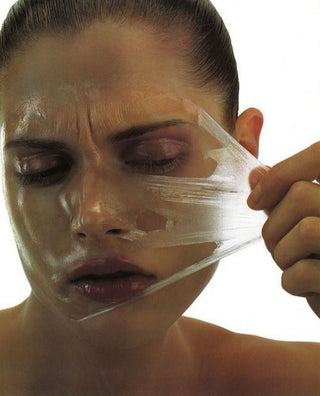
By: @curawellness_co, www.curawellness.co
Balance is key in all areas of life, but especially when it comes to nutrition. Our body relies on the consumption of food to provide us with energy, strength, and nutrients to keep us alive, fit and healthy.
It can be hard knowing where to start, or how to combine food groups to ensure you’re receiving sufficient amounts each day. Here’s a list of essential components to include when you’re creating a balanced meal to ensure you’re consuming sufficient amounts of each food group, enjoying a diverse range of colours and flavours, and feeling satisfied/energized after consuming the meal.
Vegetables
Begin by filling half your plate with non-starchy vegetables such as asparagus, beans, beetroot, brussel sprouts, broccoli, cabbage, carrot, cauliflower, celery, eggplant, leek, mushrooms, onions, peppers, salad greens, swiss chard, tomato, or turnips. Ensure you have a variety of coloured vegetables as they all contain their own unique diverse range of phytonutrients, vitamins and minerals.
The general rule of thumb is to consume at least 5 to 6 cups of vegetables per day, but if you can challenge yourself to double that to about 10 cups of vegetable servings per day, this is even better! You may be wondering how that would be possible? Let me break it down for you.
Breakfast: Sauteed greens (kale/spinach/swiss chard), with tomatoes and mushrooms served with boiled/poached egg and avocado (2-3 cups of veg)
Snacks: Carrot and celery sticks with hummus (1-2 cups)
Lunch: Nourish/poke bowl with grated beetroot, carrot, steamed broccoli, roast pumpkin, fresh salad greens served on top of brown rice/quinoa, tofu, avocado, hemp seeds, and pumpkin seeds (3-4 cups)
Dinner: salmon served with roast vegetables (sweet potato, pumpkin, turnip, tomato, red onion, peppers) (2-3 cups)
See how easy it is to elevate your meals by adding an abundance of vegetables to each meal instead of just having 1 or 2 types of vegetables that you normally rotate on repeat. Challenge yourself to try new veggies and see how many cups you can add to each meal while keeping in mind portion control and following your hunger cues.
Protein
Next, ensure ¼ of your plate contains a good quality source of protein. Protein is vital for the growth and repair of our muscles, bones, and tissues. Plus, the amino acids act as building blocks on a cellular level to repair and create new cells.
When protein is paired with a source of carbohydrates and healthy fats, this helps to maintain stable blood sugar levels which supports consistent energy levels throughout the day keeping you focused and satiated (fuller for longer). Good quality sources of protein from animal sources include: organic/free-range eggs, chicken, turkey, red meat, and fish/seafood. Plant-based protein options include: tempeh, tofu, legumes, beans, hemp seeds, nuts/seeds
Dietary Fibre
Fibre is essential to excrete waste products from the body, maintain bowel health, normalize bowel movements, stabilize blood glucose levels, feed beneficial bacteria and help to keep us satiated. Fibre derives from fruits and vegetables, legumes, beans, nuts, seeds, slippery elm, and psyllium husks. If you stick to tip number #1 you will have no issue in achieving your daily fibre recommended intake!
Healthy Fats
Essential fatty acids (specifically omega 3's) are so important for hormonal health, radiant skin, reducing inflammation (they are potent anti-inflammatory compounds), and last but not least, are required for optimal cognitive function/brain health.
A small handful of healthy fats is recommended, especially when paired with a source of protein and carbohydrates. Choose one of the following servings with a meal: ½ avocado, small oily fish (I recommend the SMASH acronym, - sardines, mackerel, anchovies, salmon, herring), flaxseeds, hemp seeds, extra virgin olive oil, or chia seeds. I usually add the source of healthy fats on top of my meal at the end.
Herbs
It wouldn't be very naturopathic of me to not include herbs. I'm not talking about herbal medicine here (for once), but adding fresh culinary herbs to your meals takes the flavour to the next level, but also provides an ABUNDANCE of nutritional value of complex vitamins and minerals.
If you can start your own veggie/herb garden, this will save you so much money down the track, but if you're just starting out - I recommend heading to your local farmers market and sourcing seasonal herbs. Some of my favourites include basil, chives, thyme, rosemary, coriander (controversial I know), parsley, mint, and chilli. While we're on the topic of elevating your meals - don't forget to add spices as well! Salt, pepper, oregano, cinnamon, turmeric, cardamon, nutmeg...these can add so much flavour and nutritional benefit at the same time.
Ta da, your plate is served!
This is your gentle reminder to enjoy your meal. Food is medicine, if you allow it to be by having a healthy mindset around food, and seeing it as a source of nourishment. Listen to your body, and what you intuitively feel like eating. Consume food that makes you feel good, energised, and nourished. Enjoy sharing wholesome food with good company. Allow it to fuel you with light and radiance.
If you’re looking for further support with your nutrition and meal planning, please contact Tayla via email hello@curawellness.co, Instagram @curawellness.co or book in for a naturopathic consultation.















